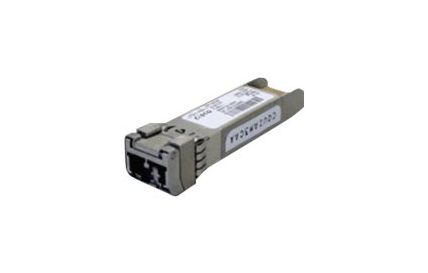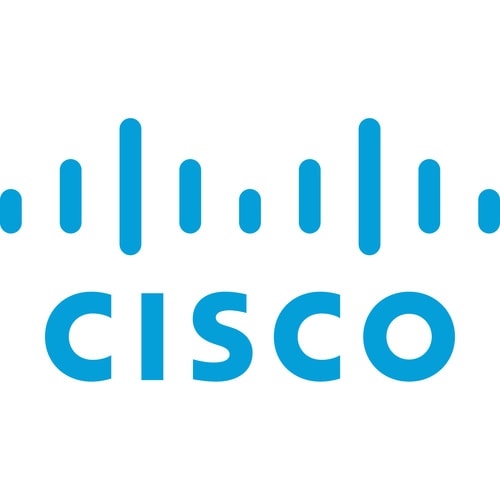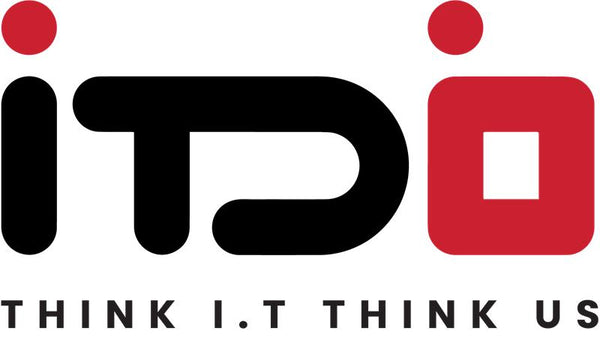

Highlights: Exploring the Capabilities of the Cisco RPHY Platform
For network engineers and operators building the next generation of cable access networks, the shift towards Distributed Access Architectures (DAA) is a significant evolution. At the heart of this transition is the Remote PHY (RPHY) model, which moves critical physical layer functions to the network's edge. Cisco's portfolio of RPHY solutions, including models designed for various deployment scenarios, is engineered to deliver the high density, scalability, and performance required for modern services. This article delves into the world of Cisco RPHY, exploring its core functionality and how different components like a Cisco RPHY node or specific models integrate to create a robust, future-ready network.
Cisco RPHY Product Overview
Cisco's Remote PHY approach is a fundamental architectural shift. Traditionally, these physical layer functions were housed in a centralized headend or hub. By decentralizing this functionality and placing it closer to subscribers in a Cisco RPHY device at the node, operators can achieve remarkable improvements. This architecture simplifies the headend, reduces overall power consumption, and creates a more flexible and scalable fiber-deep network. It effectively turns the analog fiber node into a simple digital optic transceiver, while the new intelligent node handles the complex conversion.
The term "Cisco RPHY" encompasses a family of products rather than a single unit. For instance, a Cisco GS7000 RPHY solution might be deployed in a specific outdoor housing, while another setup might involve a Cisco D9485 RPHY configuration. These solutions are designed to be interoperable with Cisco's core Converged Cable Access Platform (CCAP), working in harmony to deliver high-speed data, video, and voice services. Whether it's a high-availability setup or a specific point-to-point application, the RPHY architecture provides a solid foundation.
Key Features of the Cisco RPHY Architecture
The move to a Cisco RPHY system brings forth a suite of powerful features that benefit both the network operator and the end subscriber. A primary advantage is the significant enhancement in network reliability and signal quality. Because the digital signal is transported over fiber farther into the network, it is less susceptible to the noise and interference that can affect traditional analog fiber links. This results in a cleaner, more stable signal arriving at the subscriber's home.
Another critical feature is operational simplicity and efficiency. Centralizing the core CCAP functions allows for more straightforward management and provisioning of services across the entire network. Solutions are designed with high availability (HA) in mind, ensuring minimal service disruption. Furthermore, this architecture paves the way for a smooth transition to 10G and beyond, future-proofing the network investment. The ability to use existing HFC infrastructure while deploying these new RPHY units makes the upgrade process more cost-effective and streamlined.
Key Technical Features
Delving into the technical specifics, Cisco RPHY products are built with precision to meet the rigorous demands of modern cable access networks. A key technical aspect is the support for advanced protocols like PTP (Precision Time Protocol), which is essential for delivering synchronous services and meeting strict timing requirements for future applications.
From a hardware perspective, integration is seamless. A Cisco RPHY CBR8 refers to the integration of an RPHY module into a Cisco Converged Broadband Router, showcasing the flexibility of the platform. These units are designed for high density, supporting a large number of subscribers per node while maintaining exceptional performance. Redundancy and HA features are baked into the design, often including hot-swappable power supplies and modules to maintain uptime.
Connectivity and backhaul are also paramount. Some configurations might involve a Cisco RPHY NAS (Network Attached Storage) concept for localized logging or management data, although the primary communication is with the central controller. The entire system is managed through Cisco's robust management suites, providing operators with deep visibility and control over the network performance, ensuring that every Cisco RPHY ptp link and broadband service is operating at peak efficiency.
| Product Type | SFP+ |
| Network Technology | 10GBase-X |
| Brand Name | Cisco |
| Maximum Data Transfer Rate | 10 Gbit/s |
| Ethernet Technology | 10 Gigabit Ethernet |
| Media Type Supported | Optical Fiber |
| Total Number of Ports | 1 |
| Product Type | SFP+ |
| Manufacturer Part Number | RPHY-S10G20K320-RF |
| Manufacturer Website Address | http://www.cisco.com |
| Manufacturer | Cisco Systems, Inc |
| Product Name | SFP+ Transceiver Module - 10 GigE |
| Brand Name | Cisco |
| Product Condition | Refurbished |
| Interfaces/Ports Details | 1 x 10GBase-X Network |
| Total Number of Ports | 1 |
| Network Technology | 10GBase-X |
| Maximum Data Transfer Rate | 10 Gbit/s |
| Media Type Supported | Optical Fiber |


